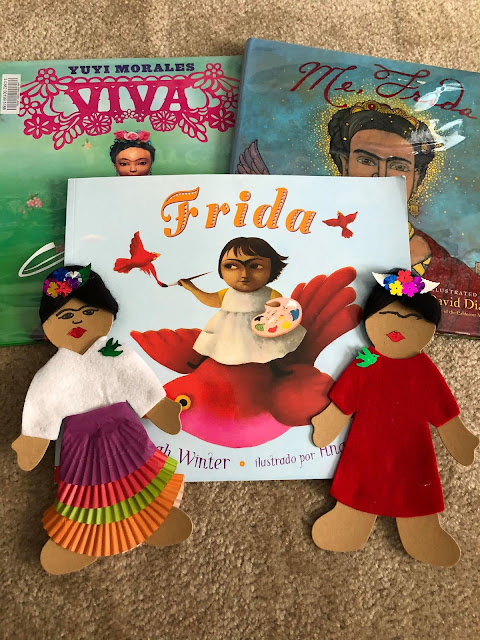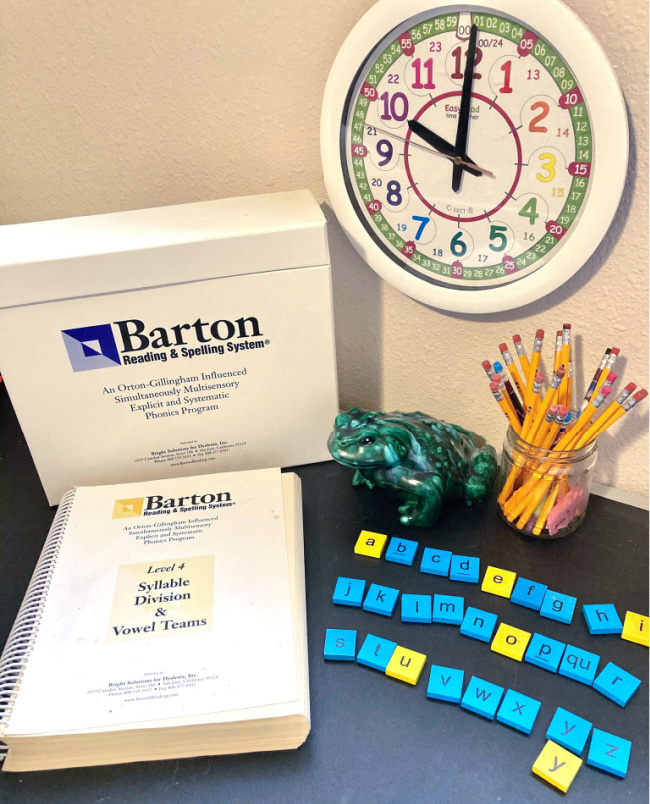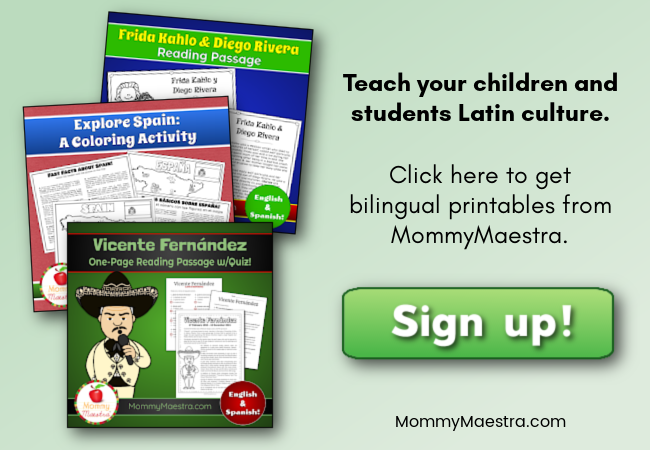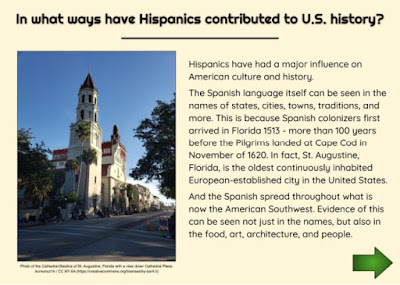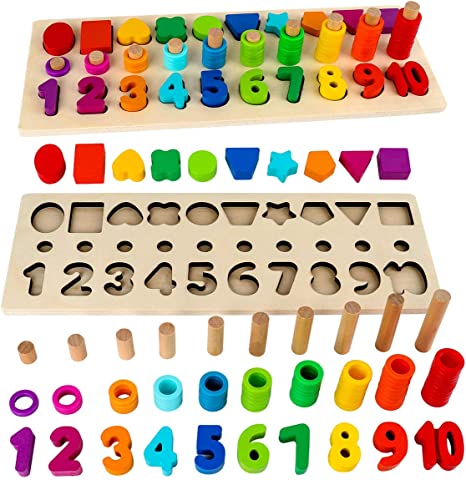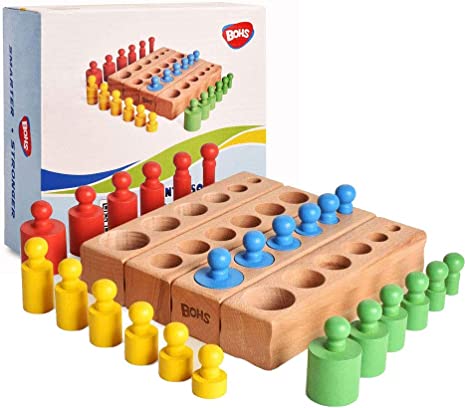Here's another awesome free online event for you guys to catch! This Saturday, Saturday October 3, 2020, 10 a.m. – noon CT, the Girl Scouts of Central Texas (GSCTX) is hosting a virtual event in which they explore a series of cultural activities from different Latin American countries.
From their FB even page:
"Our virtual celebration will feature live demonstrations, including:
• Peruvian Baking class from James Beard and Award semi-finalist Chef Maribel Rivero (@CocinaMaribel) https://www.cocinamaribel.com/
• A Latin dance class
• Guatemalan kite making
• Panel of local Girl Scouts discussing what it's like growing up Latina
About our presenters:
Chef Maribel Rivero
Food is a constant topic that always goes back to home cooking for James Beard Award semi-finalist Chef Maribel Rivero. Cooking to her is about sharing life experiences and traditions with food. She is motivated by the stories behind cooking and expressing that story into the flavor of the Latin cuisine. In 2017, she and her brother created Yuyo Peruano restaurant as a celebration of the culinary immersion found throughout South America, where she connected with the people and the culinary community from Bolivia, Peru, Argentina, and Uruguay. Chef Maribel now continues to do Zoom cooking classes that showcases those award winning Latin flavors.
Keyler Maguilbray
Keyler loves dancing and loves to teach different styles of dance such as salsa, bachata, cumbia , merengue , salsa casino and more. She started teaching in Venezuela before deciding to come to the US. During her first year in the United States she had the opportunity to teach a bachata team and group classes with Impulso Dance Academy, Inspired Movement Studio and even performed at the Harlem Globetrotters game.
She enjoyed teaching so much that she decided to start traveling to different cities and perform with a dance partner. In 2018 and 2019 she was teaching and performing at dance congresses in Dallas , New Orleans, Houston and all over Austin."
If you have a girl scout in your home or simply want to join in the fun, register for free here. A patch is available for purchase ($3) during registration. It will be mailed to you.






